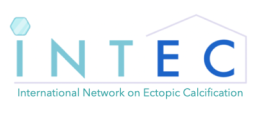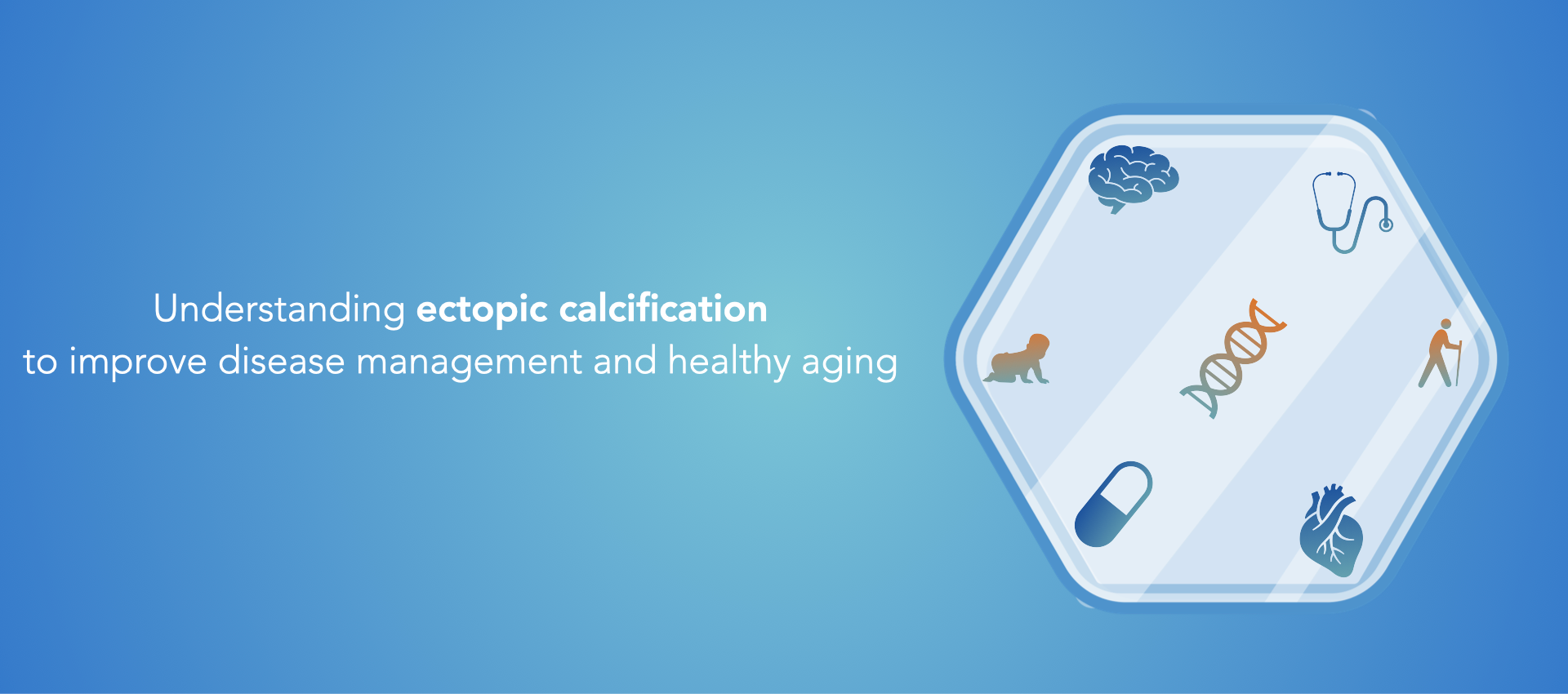
What is ectopic calcification?
Ectopic calcification is defined as inappropriate biomineralization occurring in soft tissues. It can affect a wide variety of tissues such as arteries, valves, brain and connective tissues (e.g. skin, joints) and result in significant morbidity and mortality.
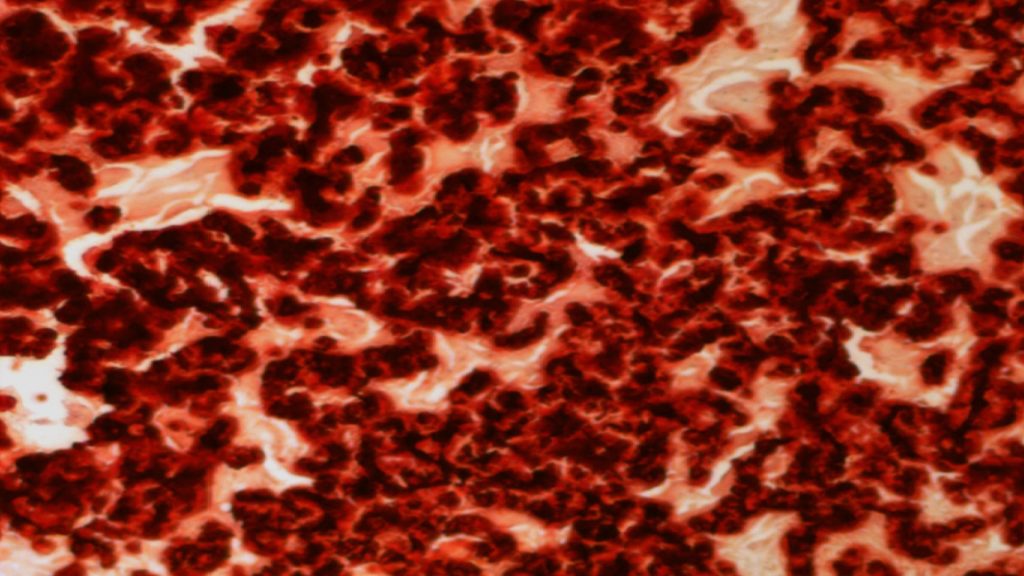
Is ectopic calcification rare?
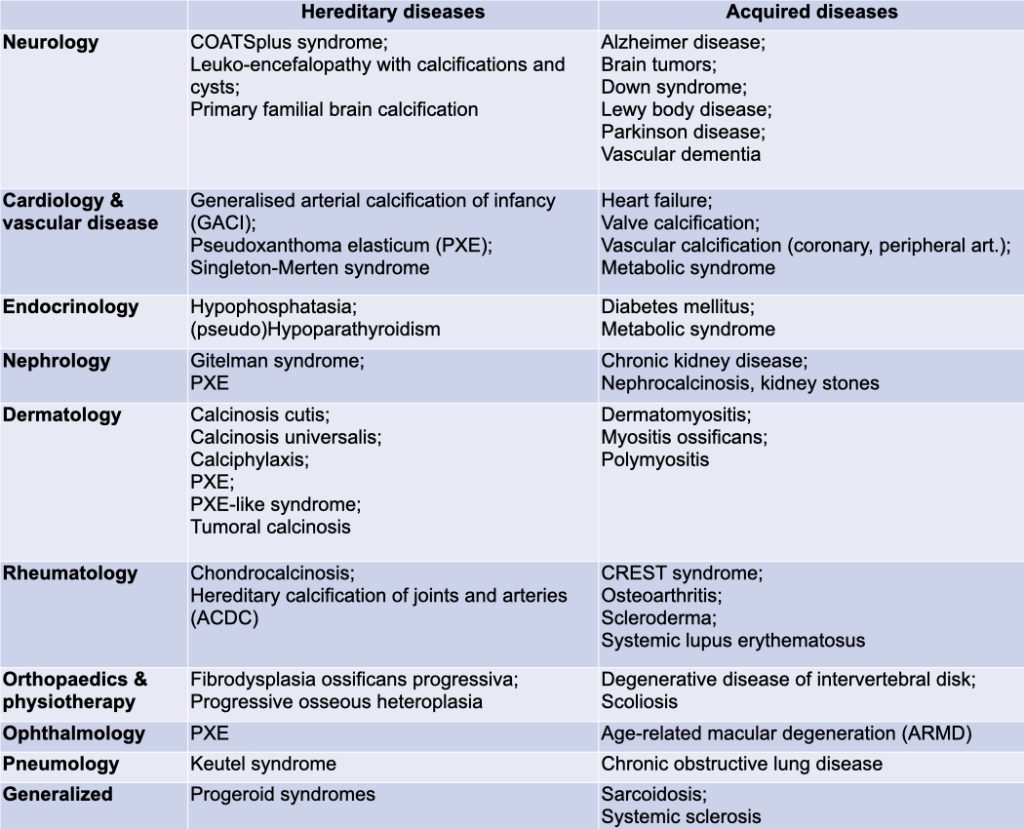
Although ectopic calcification is the hallmark characteristic of a wide number of rare and hereditary diseases, it is also highly accelerated in aging as well as in acquired chronic diseases such as diabetes mellitus, chronic kidney disease and rheumatic diseases. As such, it is a common feature of many diseases in today’s health care.
Why is ectopic calcification important?
Demographic changes towards an increasingly elderly population result in novel medical challenges, which do not only include improved medical care but also preventive measures and efficacious risk stratification to attain what is referred to as healthy aging. Eighty percent of the +65 population has at least one chronic condition, and among the 10 most prevalent ones, ectopic calcification was shown to be directly associated to (multi-)morbidity, frailty and mortality.
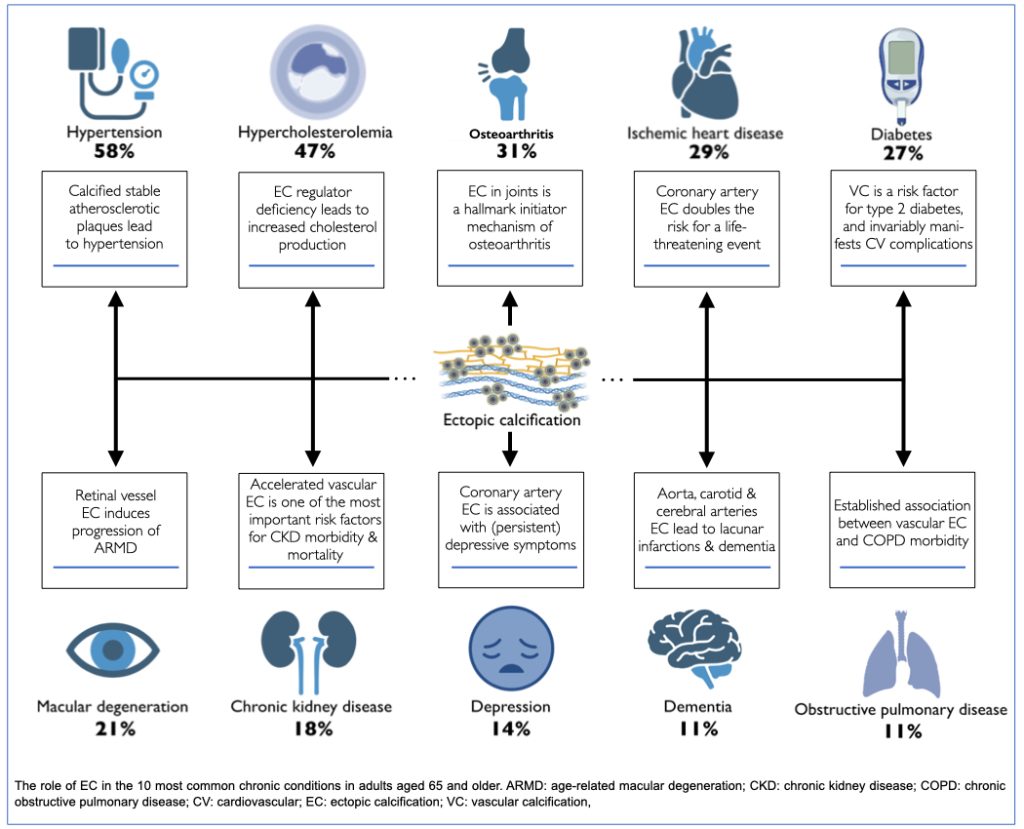
Our mission
INTEC is the largest consortium of experts dedicated to advancing the knowledge on acquired and genetic calcification towards clinical and therapeutic applications by stimulating, facilitating and enhancing cooperation and better transfer of knowledge as it bridges different disciplines(rare versus common disease, genotype versus phenotype, preclinical versus clinical) and sectors(academic research, clinical research and industrial R&D).
We want to achieve to have worldwide aware-ness for and acknowledgement of EC as a serious health condition. For this to be achieved, our aims are:
1. to better understand the mechanisms, risk factors and modulators in the different rare and common
EC diseases and aging and,
2. to translate this knowledge towards novel innovative therapeutic strategies to mitigate the
increasing burden of EC as part of primary and secondary preventive measures.
INTEC will invest in educational activities to share and discuss the latest results in science and innovation with physicians, researchers, patients and the general public. We will issue best practice standards and policy briefs, summarizing research results on a specific topic and making recommendations which can be used to weigh on the public debate on rare diseases research and on health care management in the aging population.
INTEC will establish, consolidate and widen a community bridging separate fields of science to achieve breakthroughs that require an interdisciplinary approach. It offers a unique setting for novel discoveries in EC by integrating and expanding the understanding of underlying mechanisms, risk factors, and modulators. This will enable the design of coherent (pre)clinical research programs, having an immediate impact on patients and the aging population.
Our strategy and activities
RESEARCH
INTEC’s innovative basis for research is the integration of different forms of acquired and hereditary EC diseases to identify common pathways, to map modifying factors and to improve diagnosis and treatment across the different patient populations.
INTEC’s fundamental research will improve the understanding of EC causes and the mechanisms underlying clinical variability and sex differences.
The fundamental science results are translated to the clinic with two main goals:
i) identification and validation of novel EC risk markers, by correlating basic science outcome with clinical data using the EC-DAP database
ii) exploration of new therapeutic targets and approaches that will lay the foundation for novel preventive and therapeutic solutions for EC.
EDUCATION
INTEC will exploit the interdisciplinary know-how and the vast experience in training and dissemination within the network. This will allow to:
i) provide better access to general information on EC and its role in disease and aging;
ii) provide training on exploitation and dissemination of results;
iii) enable education of health care professionals to improve management and diagnosis;
iv) give shape to future leaders in science and the private sector with a unique global view of pathophysiology from rare to common diseases and with the insights on how to drive translation of research results into effective interventions.
PUBLIC AWARENESS
INTEC will contribute to improved risk stratification and diagnosis based on a deepened understanding of causes and consequences of EC. From this, our objectives are to strengthen the knowledge and skills, competences and abilities of people, patients, communities and governments, to support governments in the definition of new public policies addressed to the civil society and to create conditions to support patients’ ability to participate in decisions affecting their disease and treatment, thus increasing their impact.
